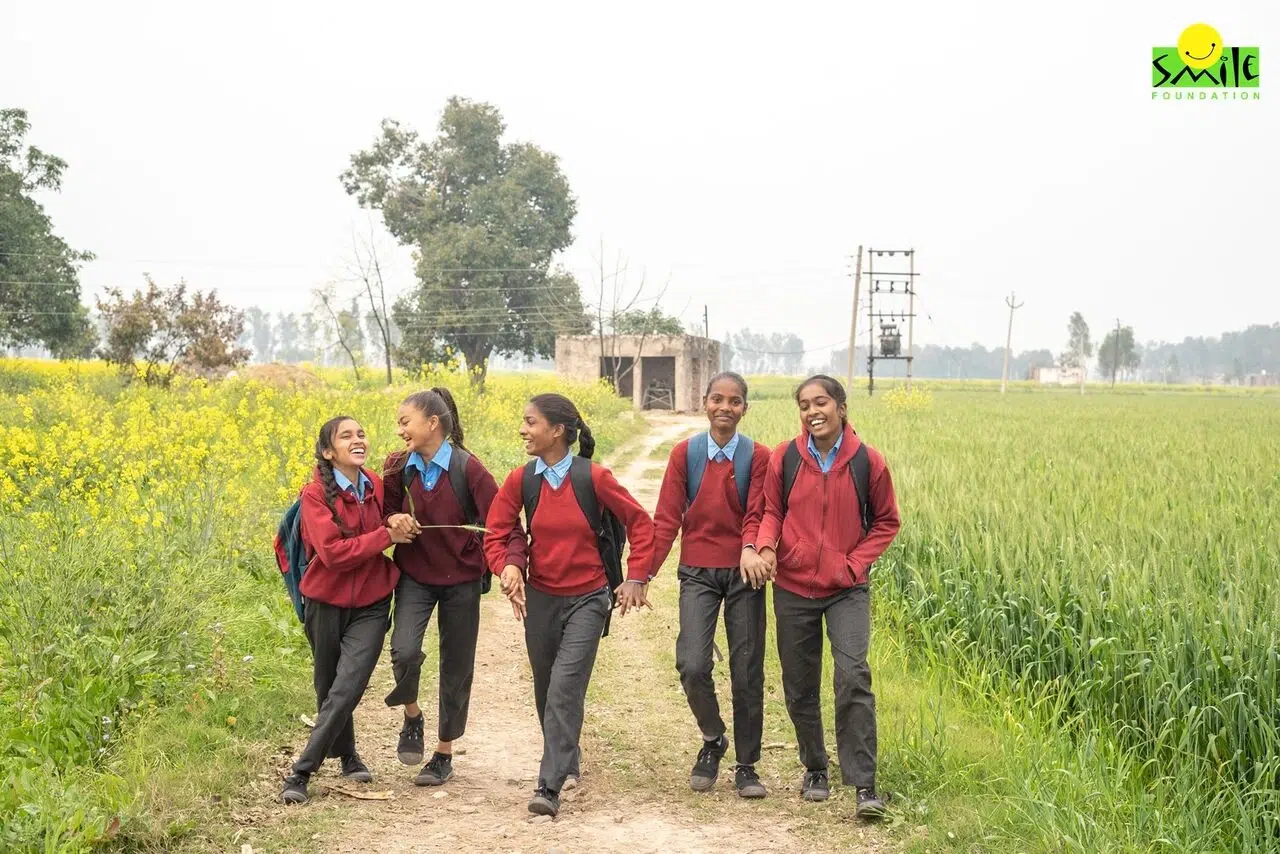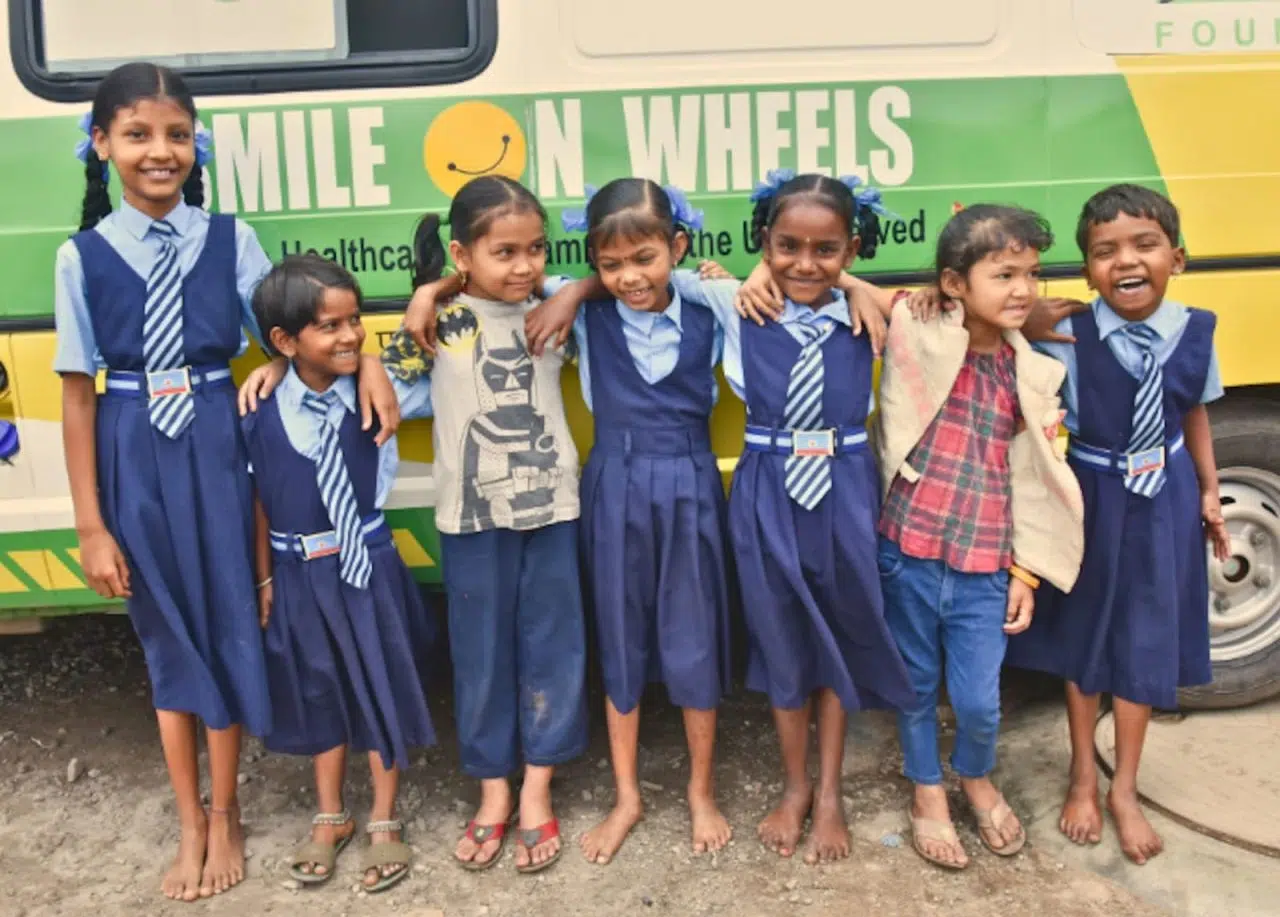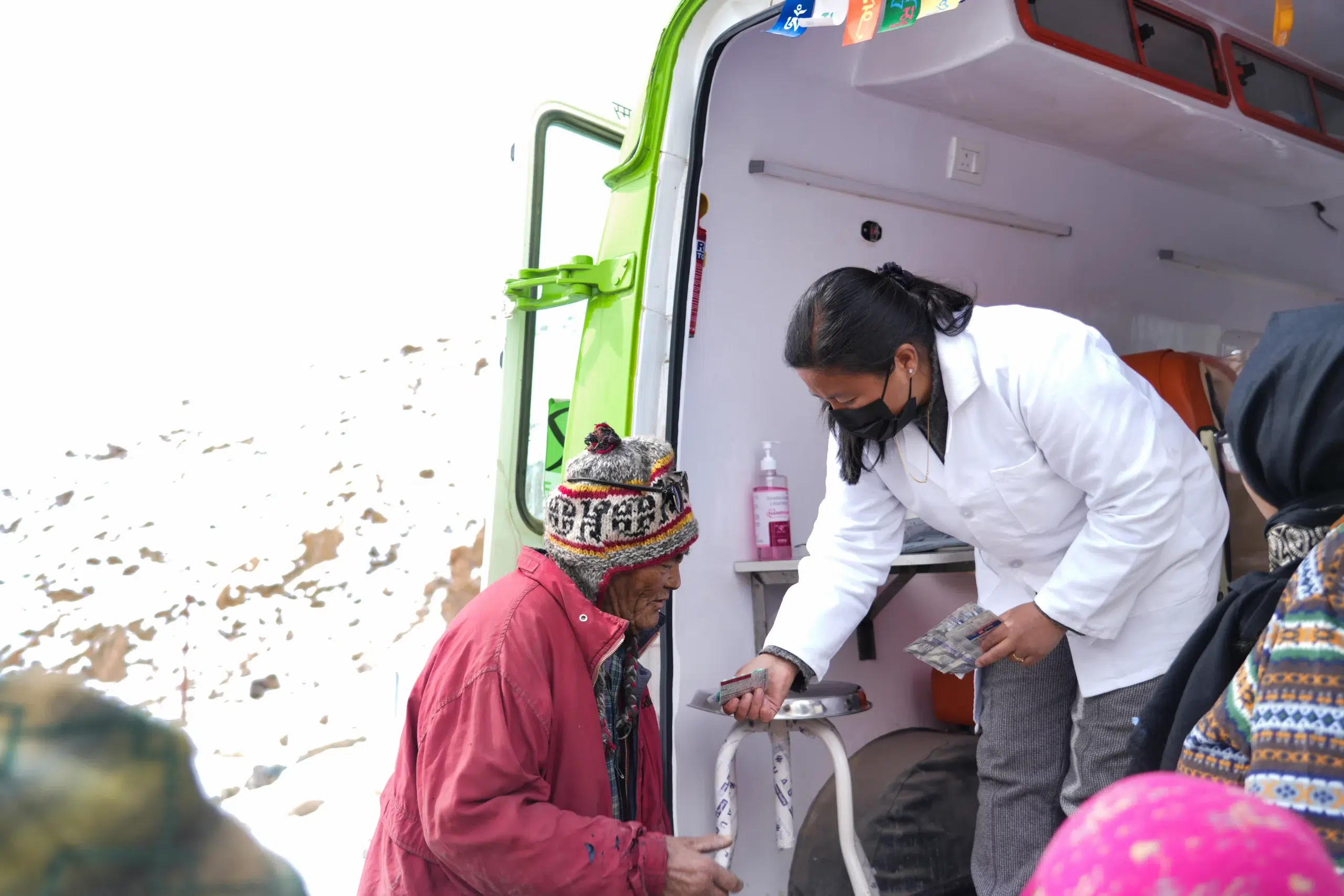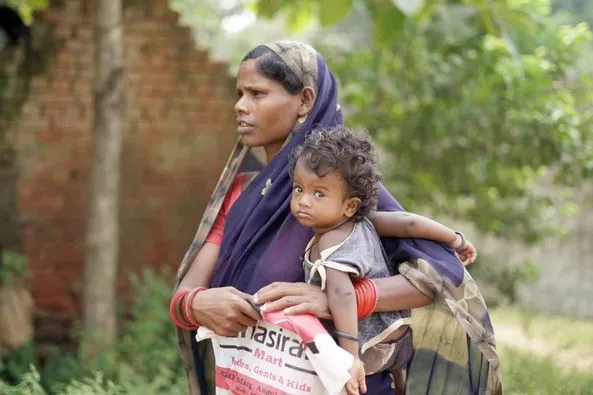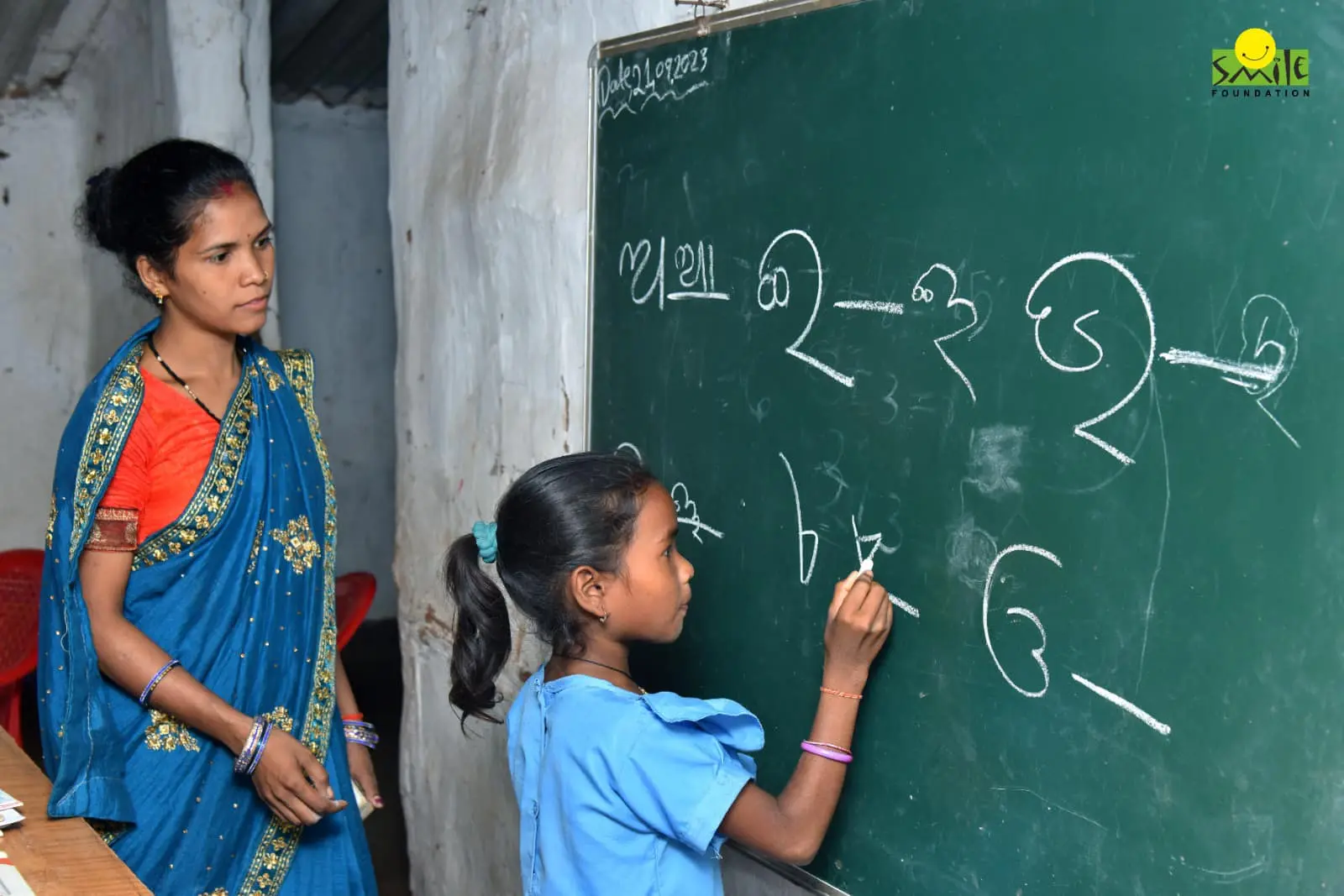India’s tribal population forms a considerably large section of the overall population in the country. However, the majority of these people live in remote and ecologically diverse regions, making basic facilities like healthcare and education difficult to reach them. Apart from these geographical issues, these populations also face other unique challenges which can only be solved through consistent government policies to ensure their cultural practices, traditions, and customs are not harmed in the process of providing them modern amenities.
At the same time, these marginalised communities also have distinct socio-economic conditions as compared to other populations and may also have different requirements. This is why it is crucial for us to understand the needs of the tribal populations in India in order to cater to them. In this article, we will look at these factors in detail.
Tribal Landscape in India and Access to Education
The tribal population in India forms a rich blend of culture, language, and local practices. They also inhabit diverse terrains – hills, forests, and plains – and often live away from the urban centres in the country. This is the reason why they are isolated from the modern facilities available mostly in the bigger cities in India. This can make the reach of education and healthcare to the tribal population a big challenge.
It is also important to understand that these people have inhabited these regions for centuries, living off the land, and preserving their cultural heritage, oral traditions, and ecological knowledge. Therefore, it can be understood that they wish to preserve their way of life and pass it on to the next generation. However, colonial policies and displacement of these people from their lands have caused massive disruption to their way of life, while also putting them in a socially and economically disadvantaged position.
Recognising the vulnerability of tribal populations, the Indian Constitution provides specific safeguards. Articles 244(1) and 275(1) empower states to create autonomous regions (Scheduled Areas) with special provisions for tribal welfare. The Fifth Schedule outlines administrative arrangements for these areas, ensuring protection of tribal rights and culture.
Areas Most Affected
The distribution of tribal populations in India is also unique as the majority of them live in the ‘central belt’ of the country stretching from Gujarat and Rajasthan in the west and covering till West Bengal in the east. Chhattisgarh, Jharkhand, Madhya Pradesh, Maharashtra, Andhra Pradesh, Odisha, and Bihar have a significant tribal population.
However, even with such large numbers, tribal children often lack access to quality education. Schools in tribal areas are scarce, and the curriculum may not align with their cultural context. This perpetuates a cycle of disadvantage and, because of which, the dropout rates among these children remain high. Many tribal communities have their languages, distinct from mainstream languages. Lack of education in their mother tongue hinders learning and engagement. This is why efforts to incorporate tribal languages into the curriculum are essential.
There is also a need to sensitise the teachers and prepare them for specialised training, so that they can understand the cultural nuances of these children. Sensitising teachers to the challenges faced by tribal students ensures effective communication and engagement. At the same time, the curriculum should be designed keeping in mind the unique requirements of the students ensuring that it instils a sense of pride and belonging among them.
Health Disparities and Vulnerabilities
Tribal populations experience higher rates of cases like malnutrition, anaemia, and maternal mortality. Their health indicators lag behind national averages. Factors like poor sanitation, limited healthcare facilities, and cultural beliefs contribute to these disparities. The lack of awareness about preventive healthcare further increases these health risks.
A link between climate change and its impact on tribal populations has also been found. Emerging research suggests that rapid climate change increases health risks for these vulnerable populations. Pregnant women face dire consequences due to extreme weather events, food insecurity, and changing disease patterns. The vulnerability of tribal populations to climate-induced health shocks demands urgent attention.
The hospital infrastructure in India and the urban-rural disparity in availability of doctors also impacts the tribal populations, as most of them live in remote areas which are further cut-off from any form of development. Making modern healthcare facilities available in these areas is a challenge as it is for a large rural population too.
Strategies for Holistic Development
While there are a number of challenges that exist today in providing access to quality health care and education to tribal populations in India, there are also various interventions that can help in mitigating this problem.
- The first is that the government can focus on developing community schools for these populations providing specific curriculum support as per their unique needs. The teachers can also be trained for delivering this curriculum keeping in mind the unique requirements of the students they are engaging with. Lastly, the economic challenges can be addressed through special scholarships for tribal students and having hostel facilities specifically for them. States like Rajasthan already have such facilities for tribal students and more such initiatives can be taken to further ensure their growth and development.
- To address health related challenges, governments can make use of technology like telemedicine to ensure reach of basic health facilities to these geographical regions. Moving healthcare facilities and health camps can also serve an important role in this. Regular health check-ups, immunisation drives, and awareness programs can achieve a lot. Mobile health units can reach remote areas, offering preventive and curative services. At the same time, addressing climate-related health risks through adaptive measures is also important. Early warning systems, disaster preparedness, and community-based health planning are essential.
Prioritising Tribal Populations
It cannot be denied that a huge gap exists between what the urban population receives in India in terms of education and healthcare facilities, and what reaches the rural population. Within that, the tribal population is even worse off. Therefore, it is extremely necessary to bridge this gap through policy interventions and affirmative action. The solutions discussed above need to be implemented and special budgetary allocations should be made to ensure that this is done at the fast pace.
As India strives for equitable development, prioritising tribal education and health is essential. By fostering culturally sensitive approaches, investing in infrastructure, and addressing climate-related vulnerabilities, we can uplift these resilient communities. Let us recognise their unique contributions and work collectively toward a more inclusive future.
Smile’s Work for Tribal Populations
In line with the urgent need to address the education and healthcare challenges faced by India’s tribal populations, Smile Foundation has been steadfast in its commitment to these marginalised communities. Through its various initiatives, we have been working tirelessly to bring quality education to tribal children and essential healthcare services to tribal populations, who often reside in the most remote and underserved regions of the country.
One of the foundation’s key initiatives focuses on ensuring that tribal children receive an education that respects their cultural heritage while preparing them for the future. By setting up community schools in tribal areas, Smile Foundation provides a curriculum that is both culturally relevant and academically enriching. This approach not only helps in reducing dropout rates but also instils a sense of pride and belonging among the students, empowering them to carry forward their rich traditions while stepping into the modern world.
In addition to education, we have also addressing the pressing healthcare needs of tribal populations. Through mobile health units, telemedicine, and health camps, the foundation is making strides in delivering basic healthcare services to areas where access is limited. These efforts are particularly crucial in combating health disparities such as malnutrition, maternal mortality, and the rising health risks posed by climate change. By bringing healthcare directly to these communities, we are working towards improving the overall well-being of tribal populations, ensuring that they are not left behind in India’s journey toward inclusive development.




